Triangle Classification Worksheet
Triangles are a fundamental concept in geometry, and understanding their different classifications is crucial for students to excel in this subject. Whether you’re a teacher looking for a resource to engage your students or a student seeking extra practice, this triangle classification worksheet is designed to help reinforce and deepen your understanding of the various types of triangles.
Table of Images 👆
More Other Worksheets
Kindergarten Worksheet My RoomSpanish Verb Worksheets
Cooking Vocabulary Worksheet
My Shadow Worksheet
Large Printable Blank Pyramid Worksheet
Relationship Circles Worksheet
DNA Code Worksheet
Meiosis Worksheet Answer Key
Art Handouts and Worksheets
7 Elements of Art Worksheets
What are the three possible classifications for a triangle based on its sides?
A triangle can be classified based on its sides as either equilateral, isosceles, or scalene. An equilateral triangle has three equal sides, an isosceles triangle has two equal sides, and a scalene triangle has three unequal sides.
What is an equilateral triangle?
An equilateral triangle is a geometric shape with three equal sides and three equal angles, each measuring 60 degrees. It is a special type of triangle where all sides are of the same length, making it symmetrical and having properties that distinguish it from other types of triangles.
What is an isosceles triangle?
An isosceles triangle is a type of triangle that has two sides of equal length and two equal angles opposite those sides.
What is a scalene triangle?
A scalene triangle is a type of triangle that has three sides of different lengths and three interior angles of different measures. Unlike an equilateral triangle, where all three sides are of equal length, or an isosceles triangle, where at least two sides are of equal length, a scalene triangle has no equal sides or angles.
What are the three possible classifications for a triangle based on its angles?
The three possible classifications for a triangle based on its angles are: 1) Acute triangle - all angles are less than 90 degrees, 2) Obtuse triangle - one angle is greater than 90 degrees, and 3) Right triangle - one angle is exactly 90 degrees.
What is an acute triangle?
An acute triangle is a triangle in which all three angles are less than 90 degrees. This means that each angle in the triangle is considered "acute" or sharp, as opposed to obtuse angles which are larger than 90 degrees.
What is a right triangle?
A right triangle is a triangle that has one angle measuring 90 degrees, known as a right angle. This type of triangle follows the Pythagorean theorem, which states that the square of the length of the hypotenuse (the side opposite the right angle) is equal to the sum of the squares of the lengths of the other two sides.
What is an obtuse triangle?
An obtuse triangle is a triangle that has one angle measuring more than 90 degrees, called an obtuse angle. This makes at least one of the angles in the triangle greater than 90 degrees, resulting in the other two angles being acute (measuring less than 90 degrees).
How can you determine the classification of a triangle based on its side lengths?
You can determine the classification of a triangle based on its side lengths by comparing the lengths of the three sides. A triangle can be classified as either equilateral (all three sides are equal in length), isosceles (two sides are equal in length), or scalene (all three sides are different in length).
How can you determine the classification of a triangle based on its angle measurements?
You can determine the classification of a triangle based on its angle measurements by looking at the size of its angles. If all three angles are less than 90 degrees, then the triangle is acute. If one angle is exactly 90 degrees, then the triangle is a right triangle. If one angle is greater than 90 degrees, then it is an obtuse triangle.
Have something to share?
Who is Worksheeto?
At Worksheeto, we are committed to delivering an extensive and varied portfolio of superior quality worksheets, designed to address the educational demands of students, educators, and parents.

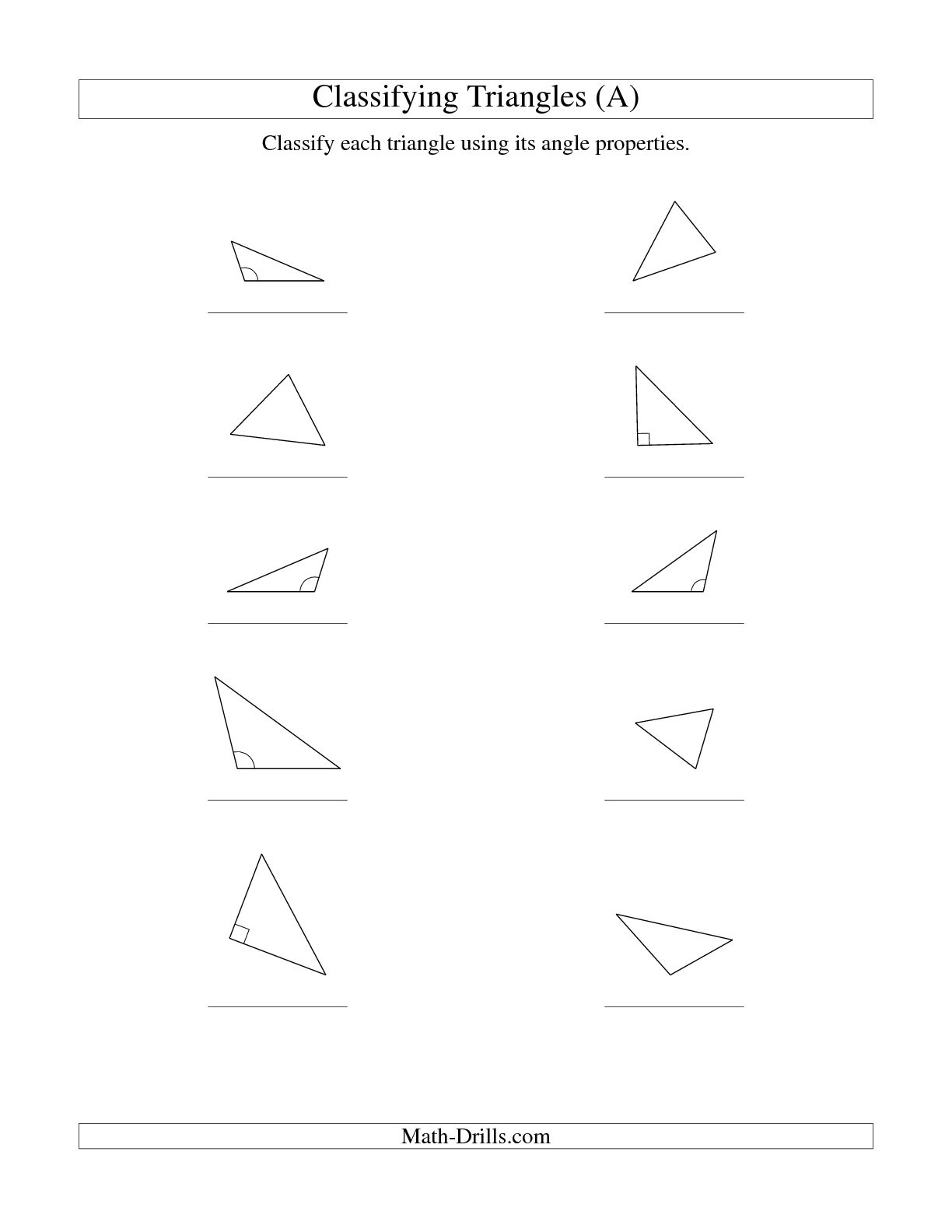




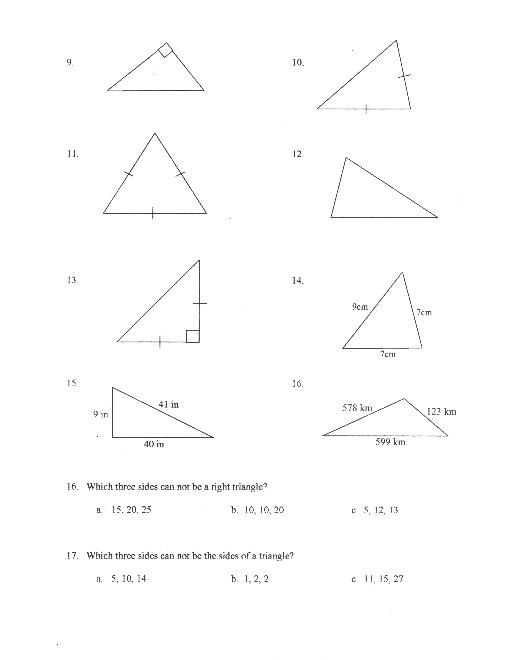
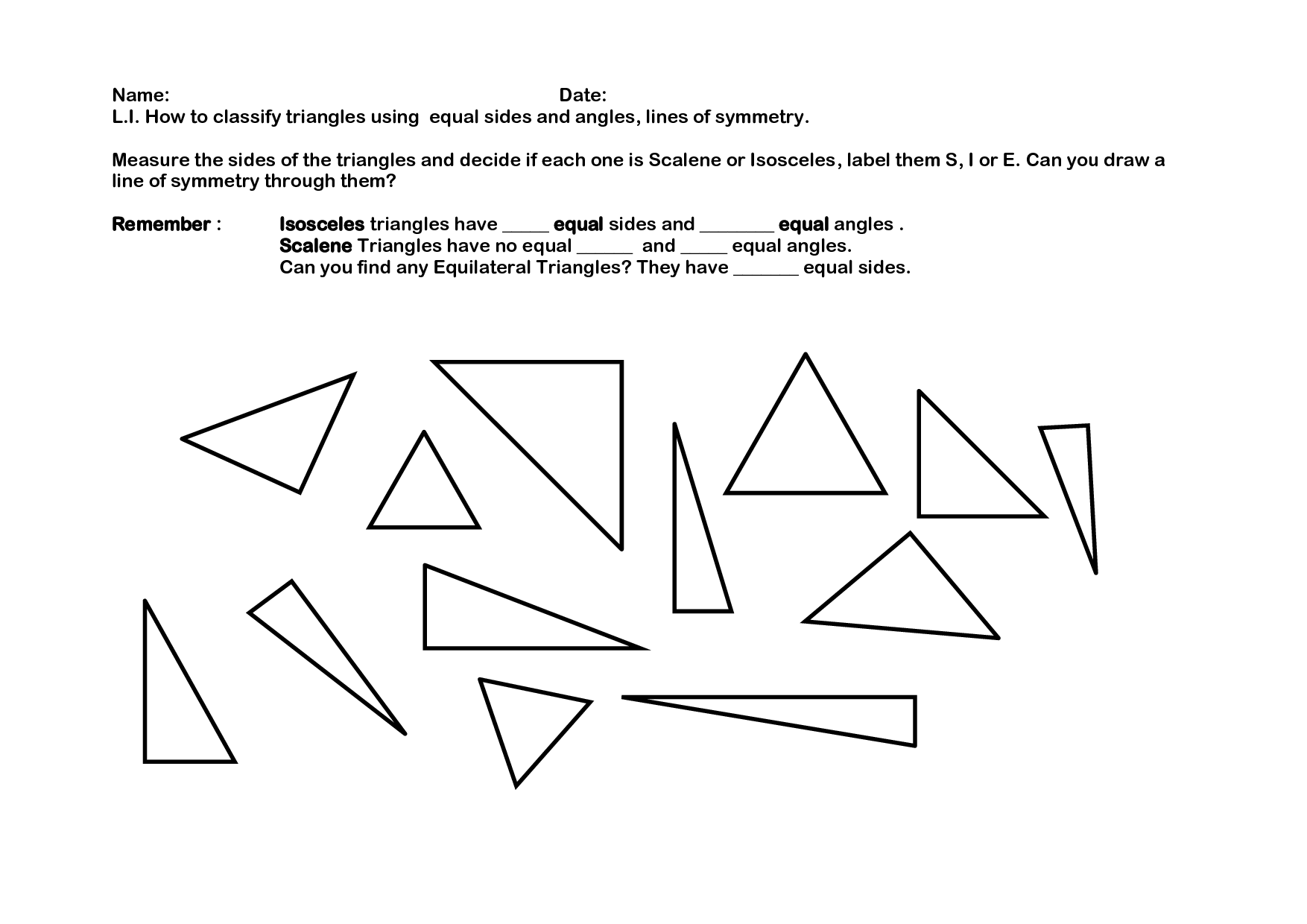
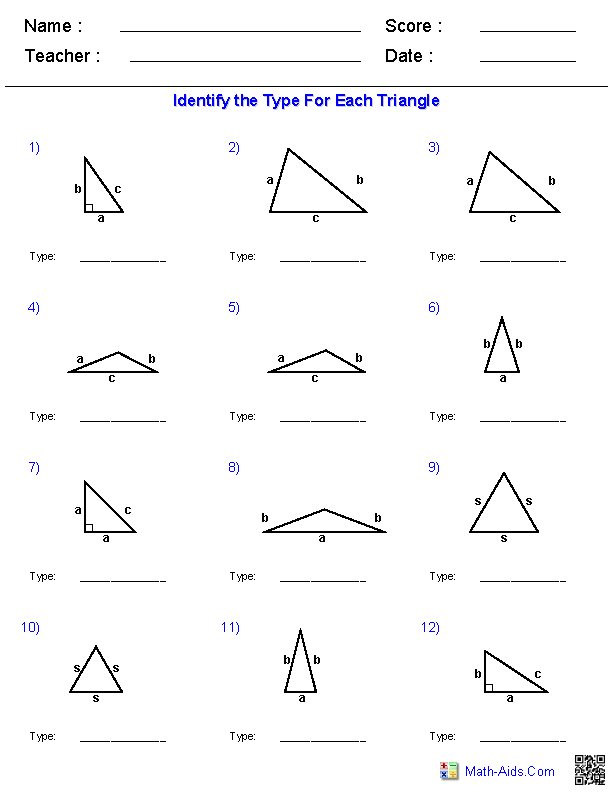
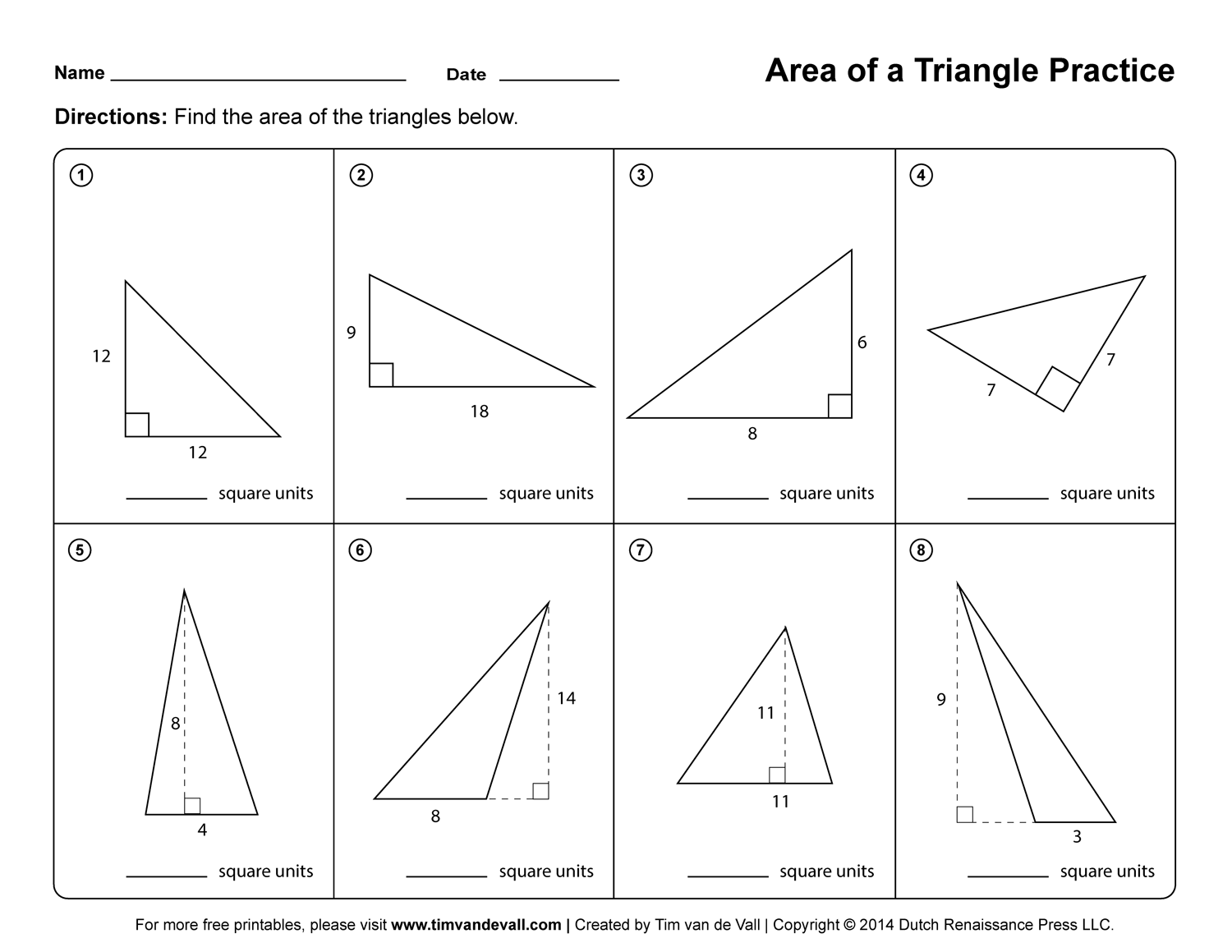
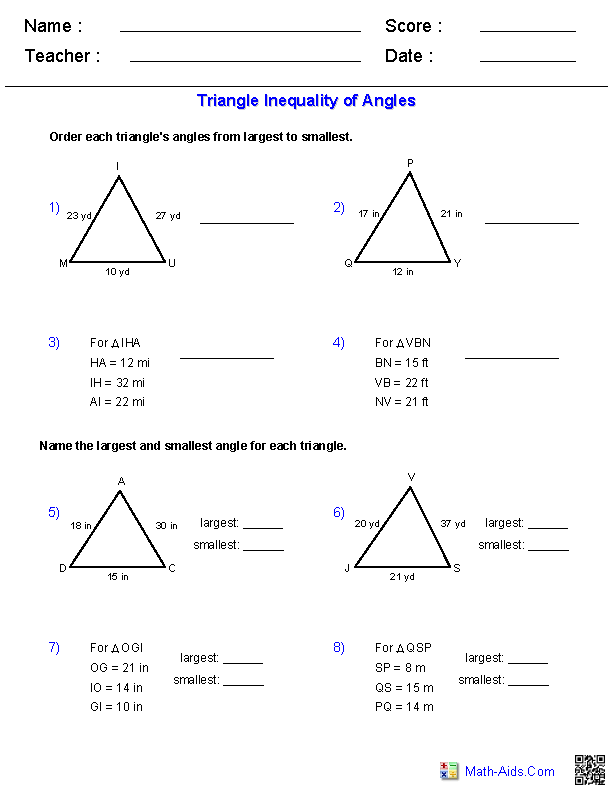
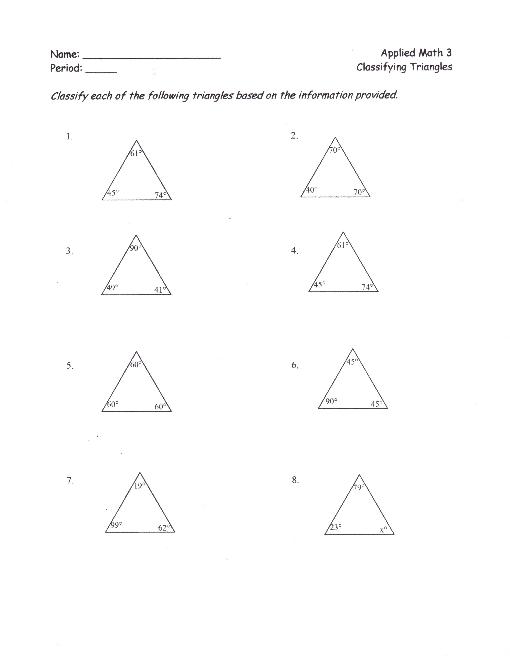














Comments